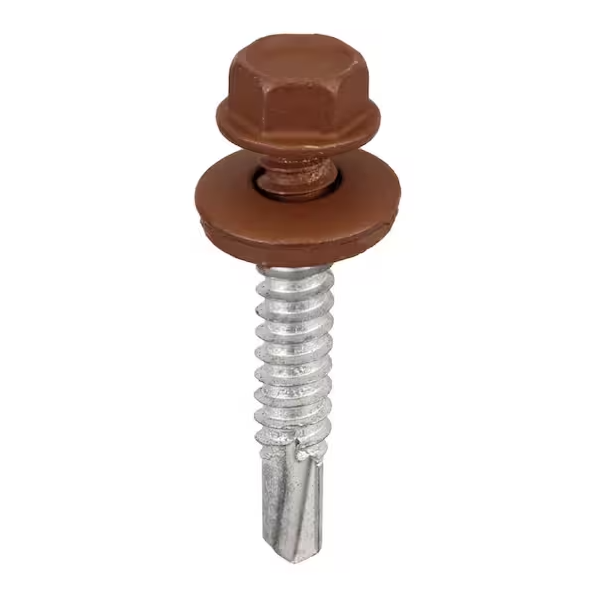famous screw pattern for fire rated drywall
Understanding the Famous Screw Pattern for Fire-Rated Drywall
When it comes to constructing walls that not only provide structural integrity but also ensure safety, particularly in fire-prone areas, the choice of materials and installation techniques becomes paramount. One essential component in creating fire-rated drywall systems is the use of the correct screw pattern. This article delves into the significance of the famous screw pattern for fire-rated drywall, explaining why it is crucial for both safety and performance.
The Importance of Fire-Rated Drywall
Fire-rated drywall, also known as Type X drywall, is designed specifically to withstand high temperatures and resist flames for a certain period of time. This type of drywall is generally used in areas that require enhanced fire resistance, such as corridors, stairwells, and mechanical rooms. By using fire-rated drywall in these spaces, developers and builders can help slow the spread of fire, providing occupants more time to escape and firefighters a better chance to control the situation.
However, the effectiveness of fire-rated drywall relies not only on the drywall itself but also on how it is installed. This is where the screw pattern comes into play.
What is the Famous Screw Pattern?
The famous screw pattern refers to the strategic placement of screws when fastening drywall sheets to studs. A proper screw pattern ensures that the drywall remains secure while maximizing fire resistance. Typically, for fire-rated drywall installations, screws should be placed every 12 inches along the edges of the panels and 16 inches in the field (the area between the edges). This specific spacing is critical for maintaining the integrity of the wall system.
Furthermore, the screws should penetrate the metal or wood studs by at least 5/8 inch to ensure a solid hold. It's also important to use the right type of screws—self-tapping screws or those specifically designed for drywall applications—since they minimize the risk of fire spread through the-wall assembly.
Alignment and Staggering
Another significant aspect of the screw pattern is the alignment and staggering of the drywall sheets. To further improve the fire resistance of the structure, drywall sheets should be staggered during installation. This means that the joints of adjacent sheets do not align directly with one another, creating a more rigid surface that can better withstand the pressure and heat from a potential fire. Staggering joints also reduces the likelihood of cracks forming between sheets, ensuring a continuous barrier against flames.
famous screw pattern for fire rated drywall

Impact on Fire Resistance Ratings
The screw pattern directly impacts the overall fire resistance ratings of the drywall assembly. Building codes require specific constructions to achieve predetermined ratings, often categorized by how many minutes they can withstand fire exposure—usually ranging from 1 hour to 4 hours. Maintaining the recommended screw pattern is essential to comply with these ratings and ensure that the wall functions as intended.
Failure to adhere to the correct screw pattern can lead to gaps or loose areas within the drywall installation, which may serve as pathways for heat and flames. This not only compromises the fire-resistance of the wall system but could also influence the outcome during fire inspections.
Best Practices
In addition to following the recommended screw pattern, several best practices should be observed when installing fire-rated drywall
1. Preparation Before installation, ensure that the workspace is clean and that the studs are adequately spaced and free from obstacles. 2. Moisture Considerations Use moisture-resistant materials if the drywall installation is in humid conditions to avoid health risks associated with mold and mildew.
3. Regular Inspection After installation, inspect the entire wall for proper fastening and any visible gaps that may need to be filled.
4. Follow Codes Always consult local building codes for specific requirements related to fire-rated systems.
Conclusion
The famous screw pattern for fire-rated drywall serves a pivotal role in building code compliance and overall fire safety. By understanding and implementing this critical aspect of drywall installation, builders and contractors can create walls that not only meet structural needs but also offer optimum protection against fire hazards. As fire safety continues to be a priority in construction, attention to detail in screw placement is essential to ensure the safety and well-being of occupants.
-
Top Choices for Plasterboard FixingNewsDec.26,2024
-
The Versatility of Specialty WashersNewsDec.26,2024
-
Secure Your ProjectsNewsDec.26,2024
-
Essential Screws for Chipboard Flooring ProjectsNewsDec.26,2024
-
Choosing the Right Drywall ScrewsNewsDec.26,2024
-
Black Phosphate Screws for Superior PerformanceNewsDec.26,2024
-
The Versatile Choice of Nylon Flat Washers for Your NeedsNewsDec.18,2024










